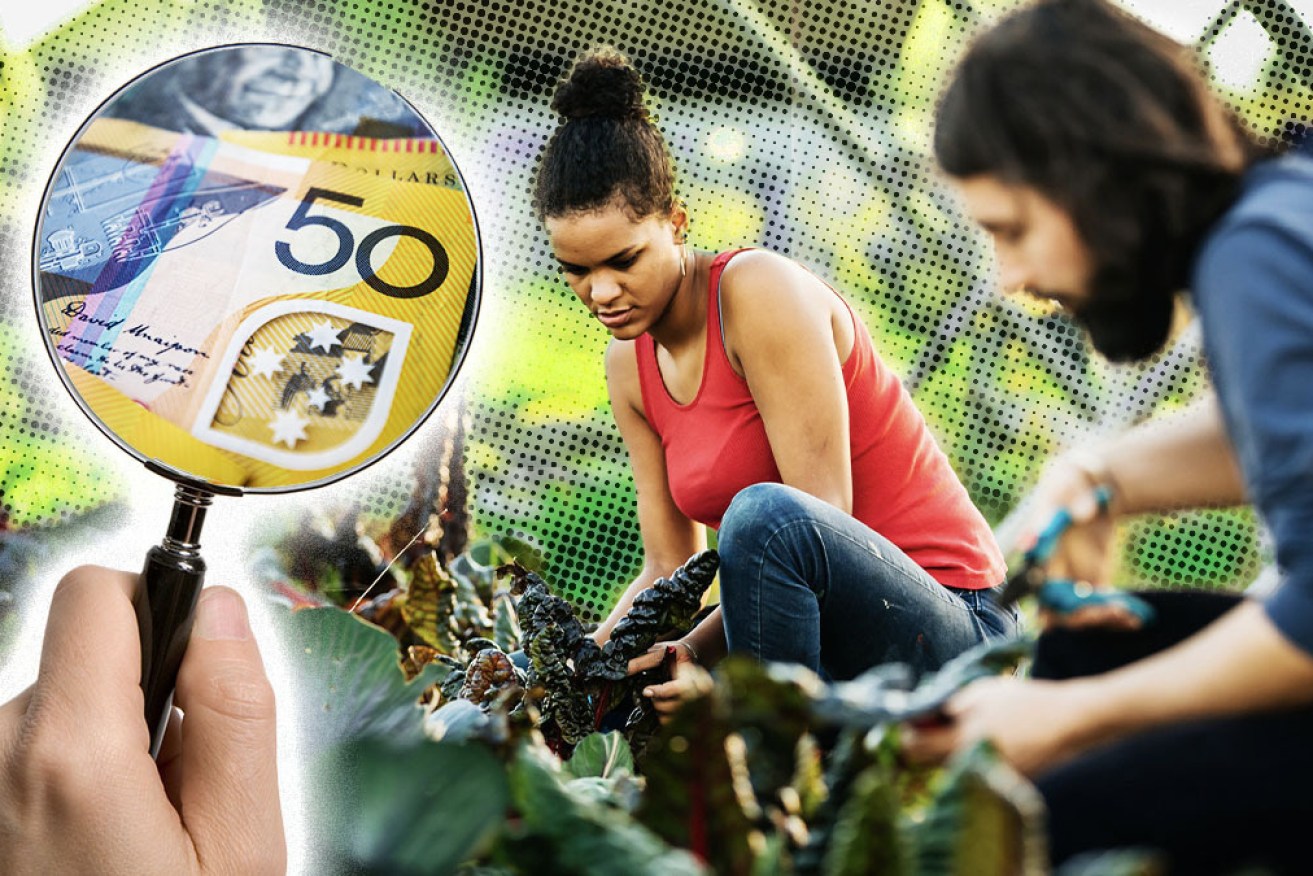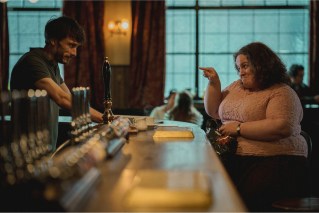With the school year almost over for the nation’s year 12s, many students and parents will be wondering what comes next for their future of schooling and work.
And while just over half of school leavers will go on to study a bachelor’s degree at university next year, that leaves close to half of former students who will be thinking hard about what they want to do next year.
So, what are the options for school leavers who finish up without an ATAR or don’t get the score they wanted, or just generally don’t want to pursue a future of university study?
The last year or two of high school can be an anxious time for all involved, not least because our system of education places primacy on a final tertiary ranking score which may determine much of a student’s immediate and even long-term future.
Does it have to matter that much?
This might be a controversial opinion, but university isn’t everything and the best that life has to offer can just be beginning when high school ends, so what are some other pathways that young people can pursue to provide them with an exciting and rewarding future?
Unscored pathways to university
Although it shouldn’t define your life, a tertiary ranking score – the ATAR – is the conventional mainstream mechanism which universities rely on to assess student eligibility for the courses they offer.
Most universities clearly outline the estimated score required to succeed in an application for each of the courses they provide.
And after years of high school preparation to achieve the best score possible, it can often seem like there is no other way.
If you drop out, don’t get the score you needed, or don’t get a score at all, it could feel like the pathway to university is closed.
But it isn’t.
Programs can differ, but many major Australian universities now offer alternative pathways into their education programs, with a growing number of universities now having “colleges” attached to them which offer standalone courses comparable to those offered at TAFEs, but with the advantage of a clear pathway into further study at degree level within that particular university.
For example, Deakin University in Victoria has a branch called Deakin College, which provides opportunities for school leavers to head straight into further education after leaving high school without the need for an ATAR score.
The pathway programs offer courses in fields such as business, engineering, communications and construction management, with studies that can then be relied on to qualify for entry into a bachelor’s degree program down the track.
Other universities around the country have similar college pathway programs, such as The College at Western Sydney University in New South Wales and Griffith College at Griffith University in Queensland.
And while university pathways may be more accessible than ever before, some school leavers will be looking for something more practical to bake their cake and establish a career path.
Traineeships and apprenticeships
There are many school leavers, some of whom have completed year 12, and other – like I did – who will have left school earlier, that will look for something more hands-on when they get out and start making some decisions about their future.
Some will head into the workforce, and others, around 11 per cent or so, will look towards traineeships and apprenticeships.
With Australia in the midst of a chronic shortage in skilled trades, that only appears to be getting worse in some sectors, this is also a sensible and rewarding path to set out on.
Apprenticeship programs in each state and territory around the country and various government incentives are provided at both state and federal levels to encourage people into trades and support the employers who employ them.
And while the big three traditional trades of plumbing, electrical and building are perpetually in high demand, these careers still suffer from a significant gender imbalance. Depending on which data is relied on, it is estimated that only about 2 per cent of these traditional trade roles are being occupied by women.

Women still make up a very small proportion of the tradie workforce. Photo: Getty
That’s a great shame, because there are so many fantastic life skills and learning opportunities that can be accessed in a trade apprenticeship, and to have them effectively shut off to half of the labour force serves no one.
So now that high school is almost done for another cohort of year 12s and school leavers, those who haven’t ticked the ATAR box to head off to university might be feeling a little confused and dejected.
After all, there’s a lot of pressure on our teens to make decisions that they are told might dramatically affect the course of the rest of their lives. But that’s a hell of a lot to grapple with at such a young age.
In practice their life and careers are going to be a journey that will be the culmination of lots of smaller decisions, not the extreme result of a single decision or choice made when leaving school.
To that I say: Stress less. While university might be a great option for many, it is really just one pathway that can lead people into the rest of their lives, and it is certainly, absolutely and most definitely not the only one.
Scott Riches is a former union official with the Electrical Trades Union Victorian branch, and a practising employment lawyer. He is also a volunteer in the employment clinic at the Fitzroy Legal Service.










